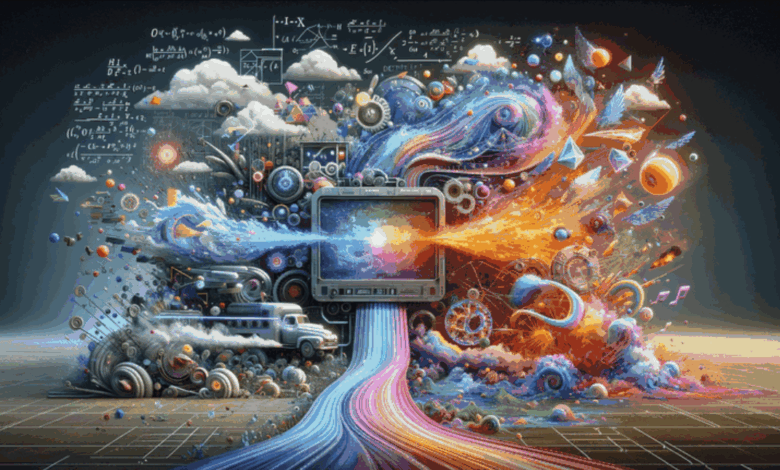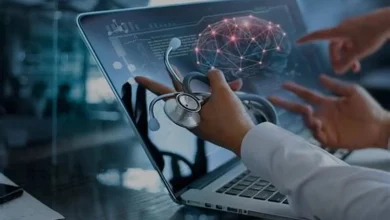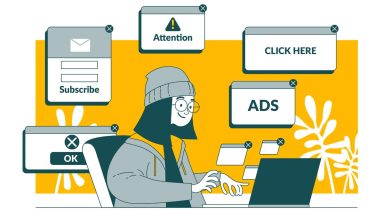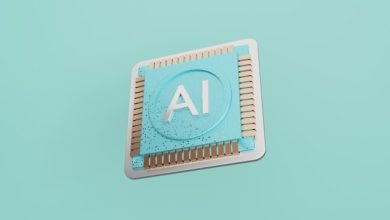
Artificial intelligence continues to change how we create, consume, and interact with content. One of the latest technological innovations that has everyone excited is the ability to create realistic, moving images from static photographs. This modern advancement is a tremendous leap in creative technology by combining deep learning and visual processing to take digital storytelling to an entirely new level.
Why This Innovation is Making Headlines
Video is king in the current digital ecosystem. With massively popular video platforms like TikTok, YouTube Shorts, and Instagram Reels, video clips in general, and short, enticing video clips in particular, are ubiquitous. Brands, content creators, and influencers are in the midst of a crash course modality to attempt to create as many video pieces as they can in a short time.
In past years, many of these landscapes were built on the ability and cost to produce videos, which typically required a significant amount of work to produce, technical equipment to capture quality video, and some professional editing. Today, however, the rise of AI-powered solutions and every accessible video creation tool has made the process faster, more affordable, and achievable for anyone, regardless of technical expertise.
AI is changing that. It can turn still images into fluid, moving sequences, enabling creators to develop engaging video content with little to no resources. It is not only more affordable, but it also provides access to a professional way to create media for small businesses, educational institutions, or even casual users.
The Tech Behind the Transformation
So how does an image become a moving sequence? It can be done with some sophisticated machine learning models:
- Generative Models (GANs and Diffusion): These take static images as input and create realistic frames that mimic movement.
- Depth Mapping & Motion Prediction: AI predicts how certain parts of an image would move in real-time, creating perspective and a sense of natural flow.
- Prompt-Based Editing: Users can provide text prompts to dictate the changes made, adding effects, transitions, or even backgrounds.
This combination of computer vision and generative AI automatically produces an output that seems natural, complete with smooth transitions and cinematic quality!
Real-World Applications
The possibilities extend far beyond social media. Different industries are trying out this technology:
- Marketing & Advertising – Companies can take a static image of a product to make an animated showcase. Rather than hiring an entire video crew, they can create animated clips to advertise the product, simply using one high-quality image.
- Education – Teachers and e-learning companies can potentially take a diagram, a chart or an image from a textbook, and convert it to a more dynamic learning explainer video, allowing students to easily learn more complex ideas.
- Entertainment & Storytelling – Artists and filmmakers can draw and experiment with concept art by generating an impressionistic and animated illustration, thus allowing a rapid generation of creative ideas..
- Historical Preservation – Old photographs can be animated, providing an emotional, interactive way to relationally history.
Advantages for Creators and Businesses
- Time-Saving: A process that once took days can now be completed in minutes.
- Cost-Effective: Eliminates the need for expensive video production setups.
- Accessibility: Anyone with a computer and internet can generate compelling video content.
- Engagement Boost: Motion-based content consistently outperforms still images in audience retention.
Challenges and Concerns
As is the case with any powerful tool, this technology comes with a lot of caveats. One potential ethical issue involves impersonation, deepfakes, and misuse of personal photos. Regulators and technology companies will need to create guardrails to protect against misuse of this technology.
Another obstacle involves creative authenticity. As AI handles most of the process, how does human originality fit in? Experts suggest that the key is in the partnership—using AI to extend creative vision instead of replacing it. Tools like Image to video AI should remain an aid instead of a replacement.
What the Future Holds
The evolution has just begun. Within the next few years, it may be considered commonplace that we will be able to have a tool to create an entire experience, with sequencing, dialog, effects, and realistic environments, all based on a single image. When augmented reality, virtual reality, and 5G technology is achieved, AI-generated images will marry up to an immersive experience across all of our marketing efforts, education endeavors, and consequently all of our endeavors.
Imagine a world where one step into a museum and animates paintings that are hundreds of years old, a world where a business can develop hyper-personalized video advertisements in seconds, and a world where an educator can put together a 3D learning environment with just a few simple inputs. That is a world this technology is leading us towards.
Conclusion
One of the most thrilling advancements in artificial intelligence is the transition from images to dynamic visuals centered around storytelling. Its problem-solving nature connects the worlds of creativeness and technology, providing people and businesses access to possibilities that were otherwise prohibitively expensive.



